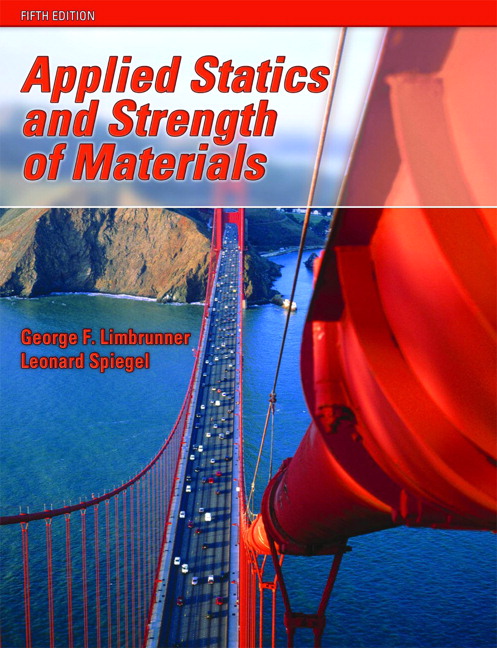This research examines the relationship between urban polycentric spatial structure and driving. We identified 46 employment sub-centers in the Los Angeles Combined Statistical Area and calculated access to jobs that are within and beyond these sub-centers. To address potential endogeneity problems, we use access to historically important places and transportation infrastructure in the early 20th century as instrumental variables for job accessibility indices. Our Two-stage Tobit models show that access to jobs is negatively associated with household vehicle miles traveled in this region. Among various accessibility measures, access to jobs outside sub-centers has the largest elasticity (-0.155). We examine the location of places in the top quintile of access to non-centered jobs and find that those locations are often inner ring suburban developments, near the core of the urban area and not far from sub-centers, suggesting that strategies of infill development that fill in the gaps between sub-centers, rather than focusing on already accessible downtowns and large sub-centers, may be the best land use approach to reduce VMT.
翻译:这项研究考察了城市多中心空间结构和驾驶之间的关系。我们查明了洛杉矶综合统计区的46个就业子中心,并计算了在这些子中心内外获得工作的机会。为解决潜在的内分质问题,我们利用20世纪初进入具有历史重要性的地方和交通基础设施的机会作为就业无障碍指数的有利变量。我们的两阶段托比模型表明,获得工作的机会与该地区乘车行驶的里程有负联系。在各种无障碍措施中,获得在次中心以外的工作的机会具有最大的弹性(-0.155)。 我们审查了在获得非中心工作方面处于最高五分位的地点的位置,发现这些地点往往是市中心核心和离次级中心不远的市郊内发展动态。我们发现,填补分中心之间差距的开发战略,而不是侧重于已经进入的市中心和大型子中心,可能是减少VMT的最佳土地使用方法。




